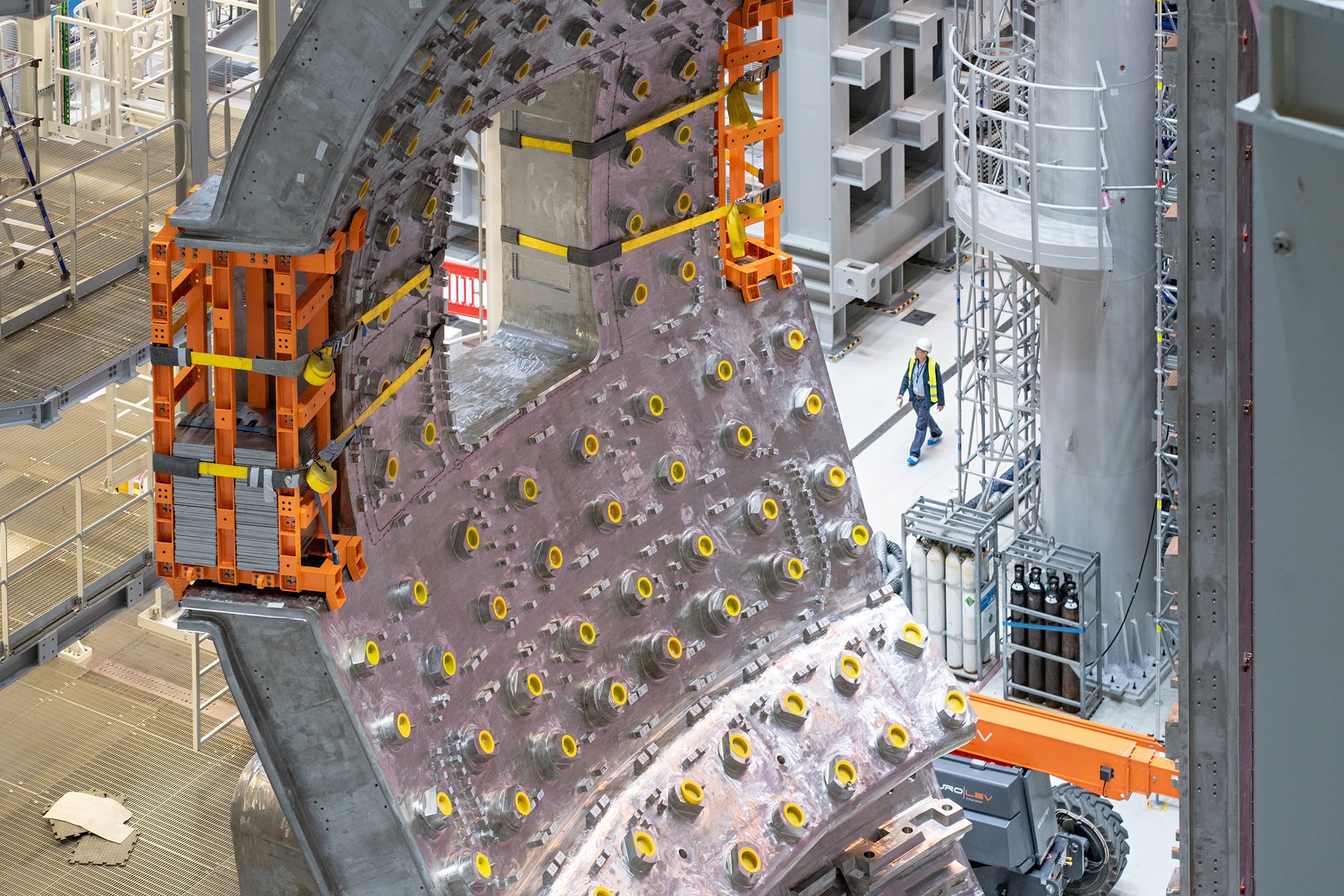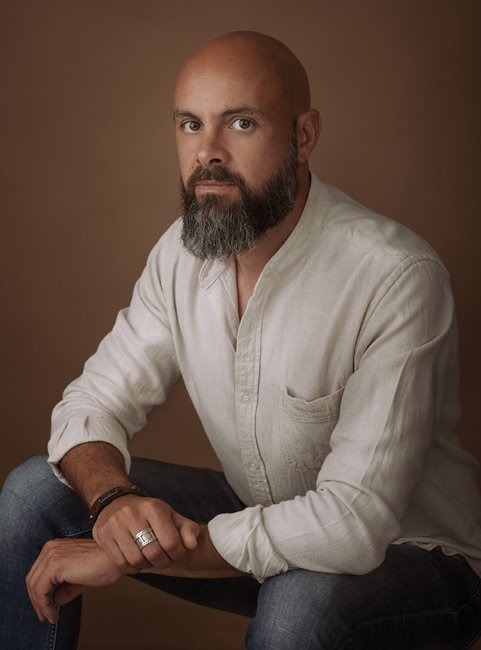One of the nine vacuum-vessel segments that make up a tokamak nuclear fusion pit, underconstruction in Saint-Paul-lez-Durance, France. The tokamak is an experimental magnetic fusion device,designed to harness energy produced on the principle that powers the sun and stars. The aim of this35-nation collaboration is that energy produced through the fusion of atoms will be absorbed as heat inthe walls of the vessel, then used to produce steam and thence electricity by way of turbines andgenerators.
This project documents different technologies that offer possible routes of transition to a net-zero economy. The photographer visited innovative facilities across Europe, from Iceland to Italy, from 2020 to 2022.
Human-induced climate change is the largest, most pervasive threat to the natural environment and society that the world has ever experienced, according to the UN Human Rights Office, OHCHR. This prompted the European Union to establish targets to cut greenhouse emissions by at least 55 percent by 2030 and to reduce them to net-zero by 2050. European companies seeking ways to achieve these goals are exploring renewable energies, new technologies for food production, and the circular economy as potential ways forward.

